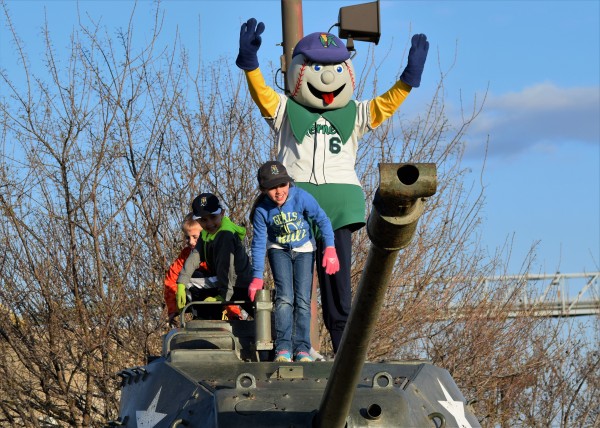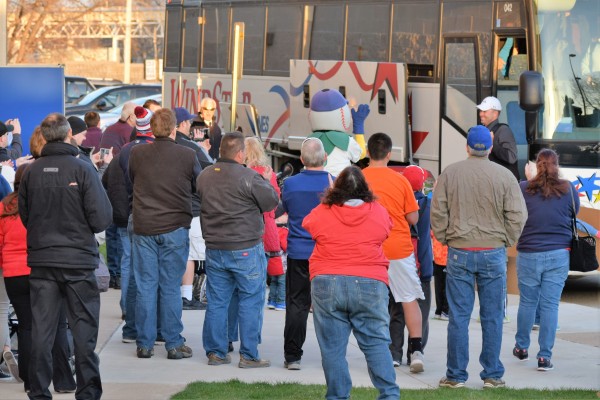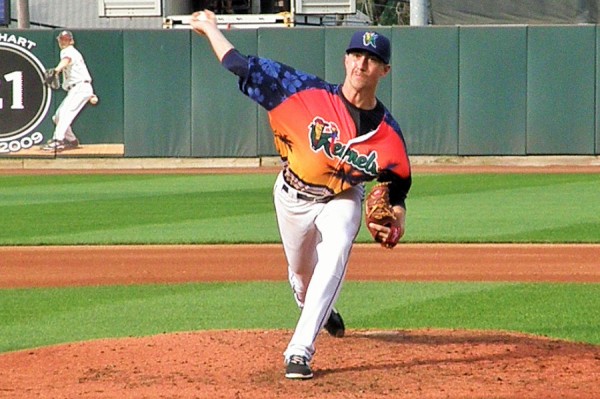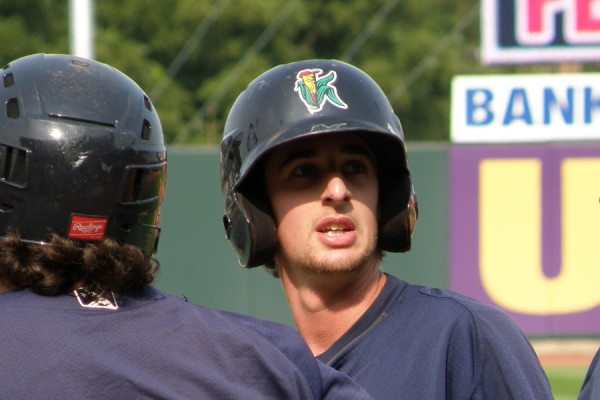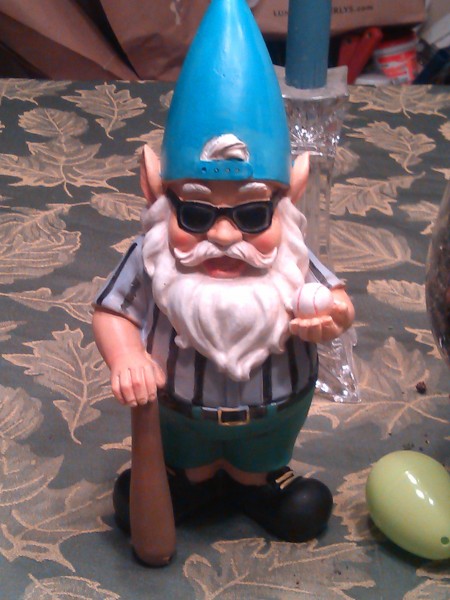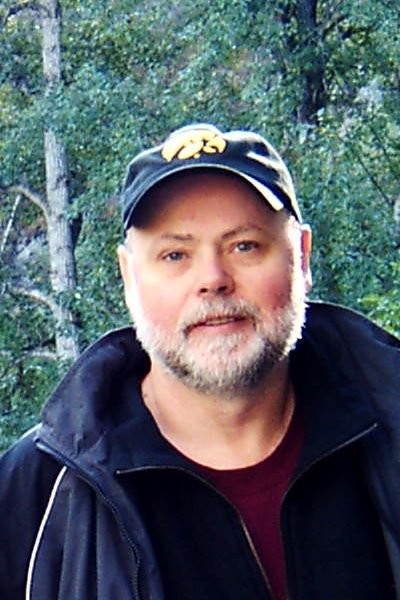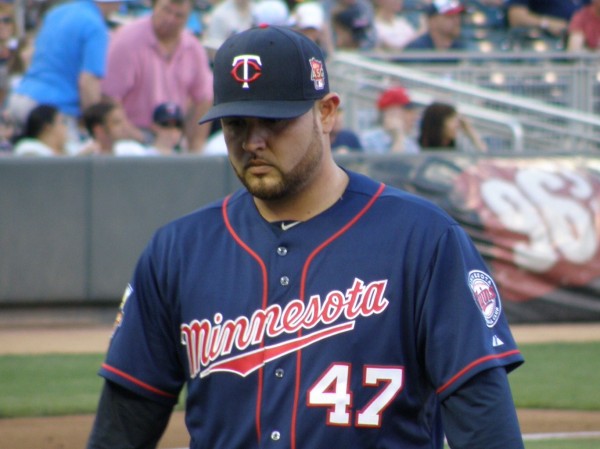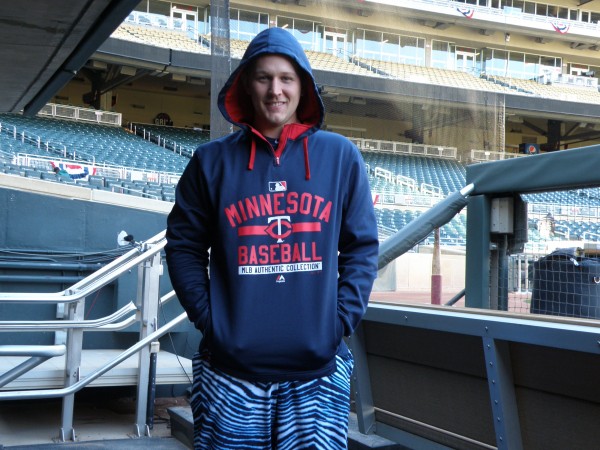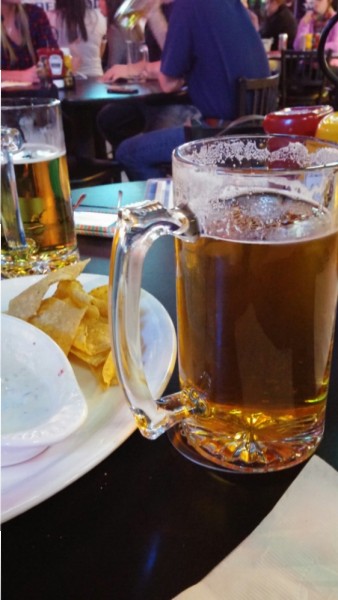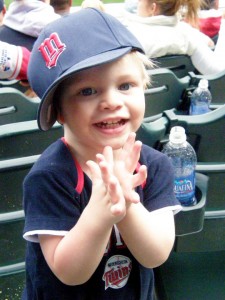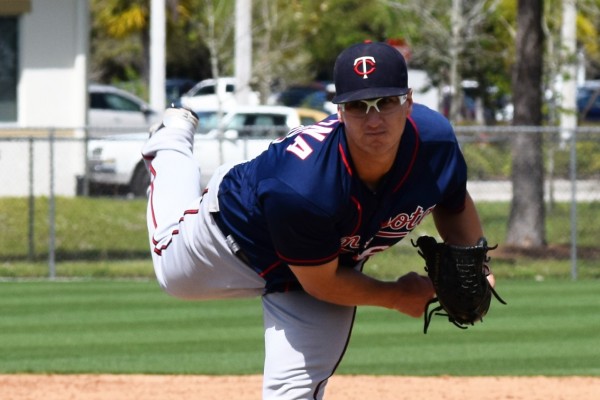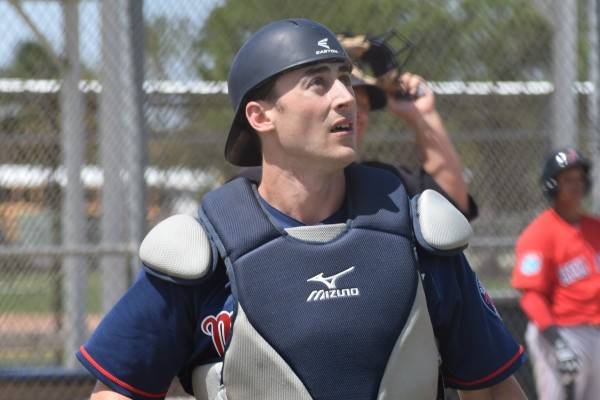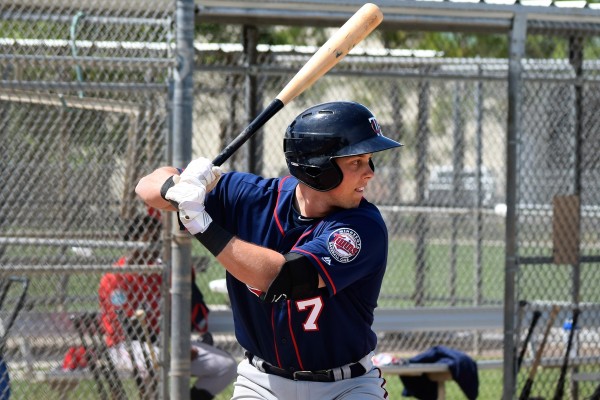The Minnesota Twins and their full season minor league affiliates announced those affiliates’ initial rosters on Sunday and Monday this week and the one thing that stood out about almost every roster was the number of players returning to the same level where they finished their respective 2015 campaigns.
The Cedar Rapids Kernels initial roster, for example, includes 16 players that also wore Kernels uniforms last season and many of them performed quite well in the Class A Midwest League – well enough that, in most years, they’d have been promoted this spring and challenged to prove themselves at the next level.
But this isn’t most years, not in the Twins organization, anyway.
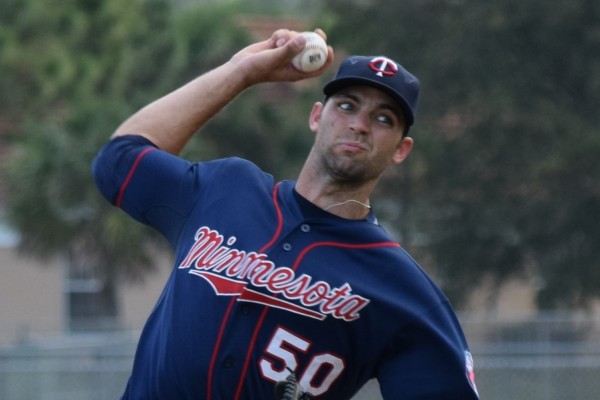
The Big League club came to spring training with few roster spots to fill. The clear strategy to fill the few spots they did have – primarily back up spots in the outfield and at catcher, along with left handed bullpen arms – was to sign a number of potential candidates to minor league contracts with invitations to the Twins’ Major League spring training, allow them to compete with whatever internal options might be candidates and open the season with whoever makes the best impression in camp.
Not surprisingly, that left the Twins with a large number of extra minor leaguers left over after the big club’s Opening Day 25-man roster was announced.
As a result, the Triple-A affiliate Rochester Red Wings will start the season with a roster that includes, by my count, about 10 guys who were not members of the Twins’ organization at the end of the 2015 season and the Double-A Chattanooga Lookouts have maybe five more. Most of these newcomers were signed in the offseason as minor league free agents, but that isn’t the case with all of them. (Dan Palka, for example, was acquired via offseason trade.)
The result was inevitable.
Minor league baseball is a numbers game and it’s not all that difficult to figure out how it works for all but the hottest of an organization’s best prospects.
If you’re a minor league player at the low levels of the organization, you get a couple of years to figure out the game in short-season rookie ball and, if you show some level of competency or promise of competency, you move up to Class A, the first level of full-season professional baseball.
From that point on, each year, one of three things happens: The club determines that you’ve reached the level of competition at which you cannot compete and you’re released; you don’t put up stellar numbers, but you show enough promise that the club isn’t going to give up on you, so they send you back to the same level to start the next season; or you perform well enough for the club to want to see how you handle the challenge of the next level of competition and therefore get promoted to that next level.
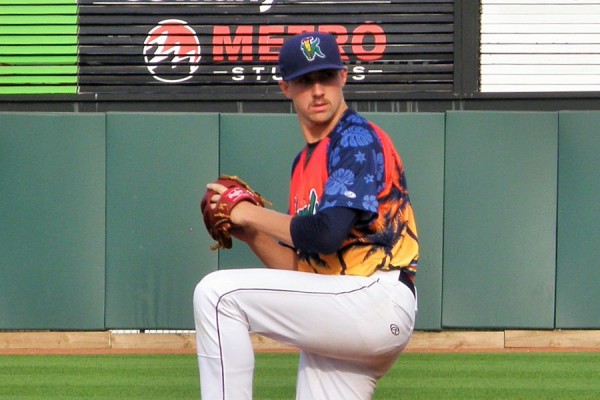
Of course, there are always exceptions and nuances. Players may get a mid-season or late-season promotion to a new level and then start the following year at the same level or may suffer an injury that results in a need to repeat a level. That’s why, typically, a community like Cedar Rapids will see a handful of familiar faces each spring when the new batch of Kernels arrives.
You don’t see 16 familiar faces, though.
It’s a safe bet that, among that 16, there are some players that feel pretty strongly that they did enough for the Kernels a year ago that they should be busing around the Sunshine State with the Fort Myers Miracle this month rather than wearing parkas in the Kernels’ dugout. And they’re right, they should be.
And I’m sure there are a similar numbers of guys in Fort Myers that think they should be in Chattanooga.
It’s pretty clear, from comments made by Kernels manager Jake Mauer and some of his players this week, that this is a subject that Mauer has addressed with his team.
Cedar Rapids Gazette reporter Jeff Johnson interviewed Mauer on Monday and among the manager’s comments was this:
“I’m not going to lie to you. There are a number of guys in our clubhouse that should probably be up, that either pitched or hit their way out of this league. But because of strength of organization, they are here. You try to convey to them that ‘You are here, don’t feel bad. You’ve got to go after it, you’ve got to put up numbers.’”
The trio of players – pitchers Randy LeBlanc and Sam Gibbons, along with infielder Chris Paul – that were fed to local media for a group interview on “Meet the Kernels” Night on Tuesday were asked by Johnson about the level of disappointment that players who played well for the Kernels last season were having to start this year back in Cedar Rapids.
LeBlanc, who has drawn the Opening Day start this week for the Kernels, was frank, but responded well.
“I’m not going to beat around the bush, it was pretty disappointing at first,” LeBlanc conceded. “Jake’s been kind of pounding into our head, since the rosters have been set, that you can’t go into it bitter. You’ve got to just play your way out of here. Just stay positive, just be happy you made a roster, stuff like that. I definitely think (several) of us did pretty well last year, but just go out there and do our best and see what happens.”
Gibbons then added, “As long as we’ve got a jersey, we’ve got an opportunity.”
Unlike LeBlanc and Gibbons, Paul was a relative late-comer to the Kernels last season, joining the team near the end of the season and contributing to the team’s postseason run which ultimately ended one win short of a Midwest League championship.
“It’s a little bit different for me. I came up a little bit late,” Paul said, on the subject at hand. “These guys spent the whole season – most of the season – here, so I think a lot of guys proved themselves, obviously, like Randy said. But like they said, we’ve still got an opportunity, so you’ve just got to continue to perform and prove that you should be somewhere else.”
It’s clear that the, “don’t let yourselves be bitter, be glad you have a roster spot and go out and prove you deserve to move up,” message has been delivered – and it’s a very important message.
You could argue that it’s not fair that many players in the Twins system didn’t get the promotions this spring that they earned with their hard work and performances last summer. But professional baseball often is not fair. (Players need only look at their paltry paychecks to be reminded of that.)
And this is not a permanent situation.
It’s understandable that the Twins would give most of the players they signed to minor league free agent contracts an opportunity to show what they can do in some regular season games and, while the organization is still widely heralded as having one of the best stocked minor league systems in baseball, that cycle won’t last forever.
But neither will the opportunities being extended to these minor league free agents last forever. I give it a month.
By the middle of May, I believe we’ll see minor league affiliate rosters that look a lot more like what most of us – and, clearly, many of the organization’s players – thought we would see. I expect those free agents will get about a month to show the Twins’ evaluators why they should keep their roster spots in Rochester and Chattanooga over guys that have come up through the system and expected to be playing at the next level this spring.
Some of the new players will stick and that’s a good thing. Talent is talent, whether the player came up through the Twins’ system or somewhere else and minor league baseball is one of the purer forms of meritocracy you’ll find anywhere.
This little blip in the normal process makes it more critical than ever that players follow the advice being given to them to focus on their own performances and not give in to what must be a sometimes overwhelming urge to get angry to the point of distraction.
Because, just as sure as some of those minor league free agents will fail to impress and find themselves looking for other work, the same thing could happen to some players that finished strong with a Twins affiliate a year ago, but couldn’t back it up with a strong start to 2016.
Every year, observers of minor league teams like the Kernels see players move up and players move down and players move out. The team you finish a season with never resembles the team you started with. It’s the reason lower level minor leagues like the Midwest League have split seasons, with division standings reset after the mid-season All-Star break.
Most of the roster changes resulting from promotions and demotions don’t usually start becoming regular until June. This year, in the Twins organization, things could get interesting for many players much sooner.
-Steve

